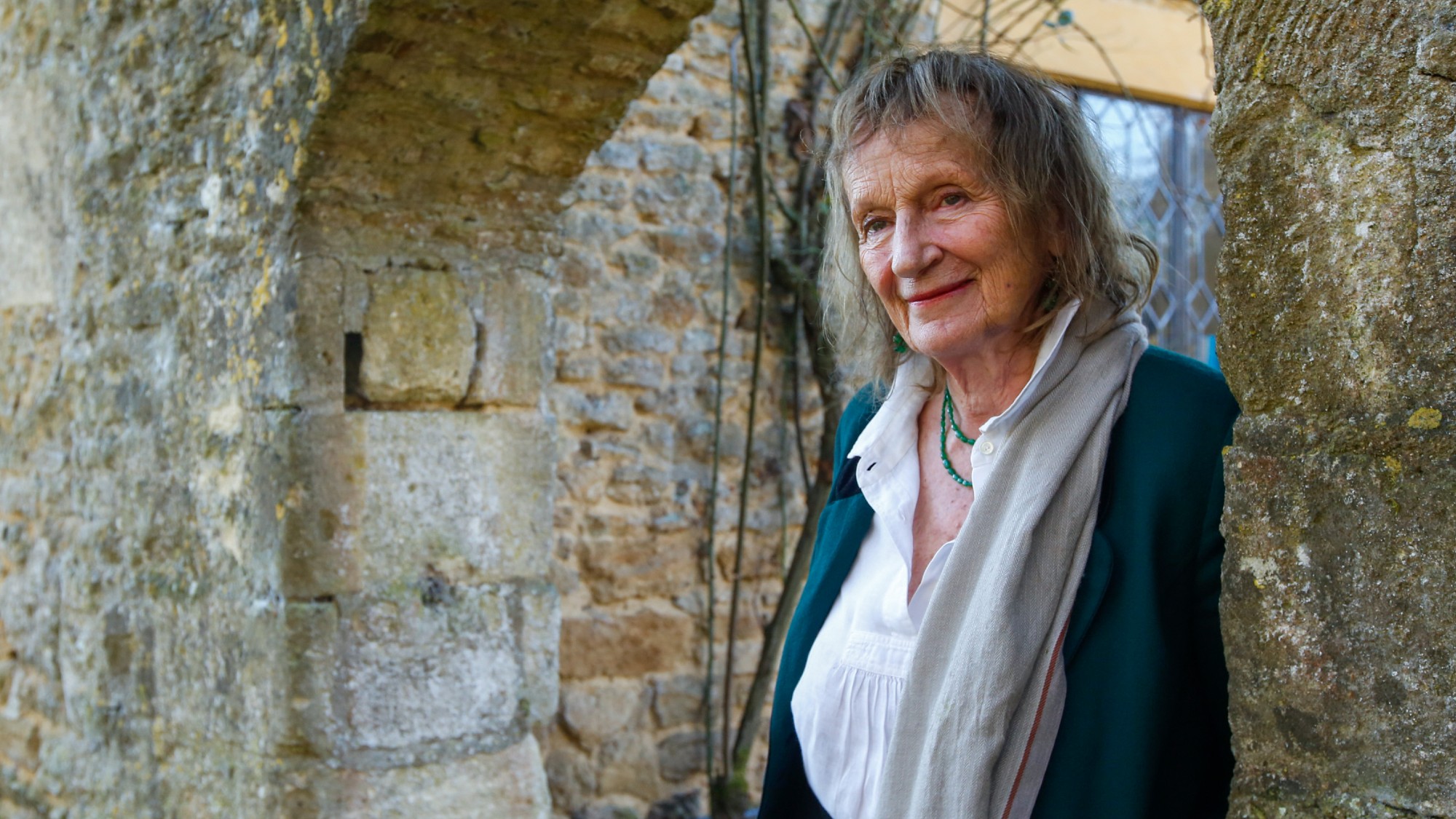Oscar Niemeyer, 1907–2012
The architect who designed Brazil’s space-age capital
Oscar Niemeyer’s futuristic, modernist buildings were considered so out of this world that even space travelers were impressed. Yuri Gagarin, the Russian cosmonaut and first man in space, once recalled flying into Brasília, the Brazilian capital city created from scratch in the 1950s, and gazing at Niemeyer’s sculpted buildings as he descended. “The impression,” he said, “was like arriving on another planet.”
Niemeyer got his start working for architect Lúcio Costa, “one of the few modernists practicing in Brazil” in the 1930s, said The Guardian (U.K.). His first completed project, the “serene, high-rise” Ministry of Education building in Rio de Janeiro, was “ecstatically received,” and he was subsequently invited to collaborate with the famous Swiss architect Le Corbusier on the United Nations building in New York. His architecture combined the functional simplicity of modernism with a distinctly Brazilian, sensual expressionism. “What attracts me are free and sensual curves,” he once said. “The curves we find in mountains, in the waves of the sea, in the body of the woman we love.”
But Niemeyer “will be best remembered” as the chief architect of Brasília, said The Wall Street Journal. Niemeyer designed a range of buildings “meant to evoke a more egalitarian future”—a presidential palace, a National Congress building “seemingly topped by giant milk saucers,” and a cathedral “resembling an upturned shuttlecock.” Completed within four years, Brasília remains controversial today. Some consider it an “otherworldly sculpture garden,” others an abstract graveyard designed to serve an aesthetic rather than its residents. Niemeyer shrugged off the criticism. “You may not like Brasília,” he said, “but you can’t say you have seen anything like it.”
The Week
Escape your echo chamber. Get the facts behind the news, plus analysis from multiple perspectives.

Sign up for The Week's Free Newsletters
From our morning news briefing to a weekly Good News Newsletter, get the best of The Week delivered directly to your inbox.
From our morning news briefing to a weekly Good News Newsletter, get the best of The Week delivered directly to your inbox.
Niemeyer’s fortunes turned in 1964, said The Economist, when, as a “lifelong communist,” he was forced out of Brazil by the military dictatorship that ruled the country for 20 years. His politics meant he was denied a work visa in the U.S., so he visited Europe and the Soviet Union, designing buildings such as the Communist Party Headquarters in Paris. Although his communism was “more an abstract utopia than everyday politics,” there was no doubting his commitment. “There are only two communists left in the world,” Fidel Castro once joked. “Niemeyer and myself.”
After returning to live in Rio de Janeiro in 1985, Niemeyer never stopped looking into the future, discussing projects with engineers from his hospital bed days before his death. “Humanity needs dreams to be able to survive the miseries of daily existence,” he once said, “even if only for an instant.”
A free daily email with the biggest news stories of the day – and the best features from TheWeek.com
-
 Political cartoons for December 6
Political cartoons for December 6Cartoons Saturday’s political cartoons include a pardon for Hernandez, word of the year, and more
-
 Pakistan: Trump’s ‘favourite field marshal’ takes charge
Pakistan: Trump’s ‘favourite field marshal’ takes chargeIn the Spotlight Asim Munir’s control over all three branches of Pakistan’s military gives him ‘sweeping powers’ – and almost unlimited freedom to use them
-
 Codeword: December 6, 2025
Codeword: December 6, 2025The daily codeword puzzle from The Week
-
 Amanda Feilding: the serious legacy of the 'Crackpot Countess'
Amanda Feilding: the serious legacy of the 'Crackpot Countess'In the Spotlight Nicknamed 'Lady Mindbender', eccentric aristocrat was a pioneer in the field of psychedelic research
-
William Pogue, 1930–2014
feature The astronaut who staged a strike in space
-
Sally Ride, 1951–2012
feature The first American woman to go into space
-
Ray Bradbury, 1920–2012
feature The writer who spun science fiction into literature
-
Ernesto Sábato, 1911–2011
feature The writer who became Argentina’s conscience
-
Fred Morrison
feature The Space Age inventor who created the Frisbee
-
Qian Xuesen
feature The scientist who put China in space
-
Philip José Farmer
feature The science fiction author who created worlds of wonder